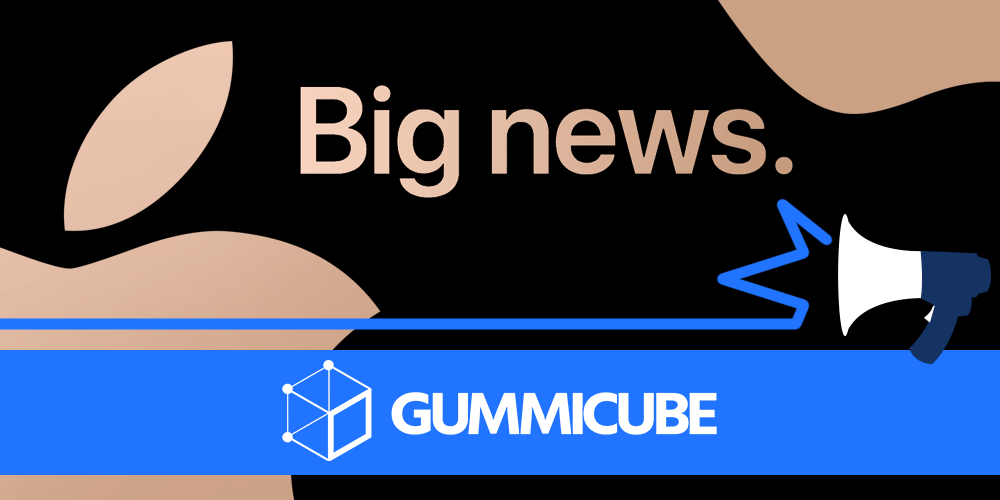
Posted on September 13th, 2018
At the Apple Special Event, held September 12, 2018, Apple announced the latest in its iPhone devices: the iPhone XS, iPhone XS Max and iPhone XR. These new devices boast several enhancements, which app developers will want to make note of as they update their apps and create new ones to fully utilize the capabilities of the new devices. Additionally, Apple announced changes to the Mac App Store with macOS Mojave, which will be released September 24th.

Posted on September 11th, 2018
Fate/Grand Order is a mobile game based off the popular franchise by TYPE-MOON. It’s a financial success, earning billions in worldwide revenue, but is its achievement based off of the brand alone, or does it have an App Store Optimization strategy that helps increase its downloads and conversions? For this week’s App Store Spotlight, we’ll take a look at Fate/Grand Order and see if its ASO is grand as well.
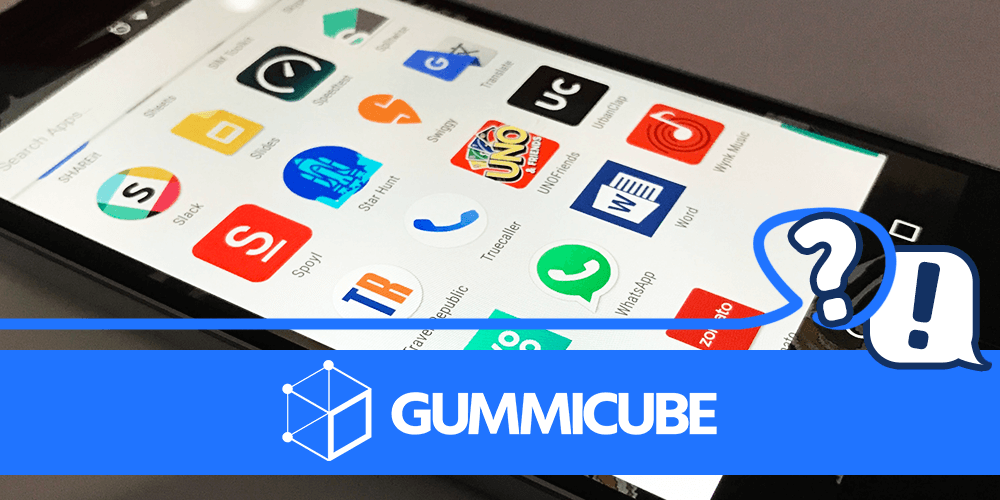
Posted on September 8th, 2018
App developers and marketers were overjoyed when Google announced they could use another form of advertisements: playable ads. Since this format is so relatively new, there are questions and concerns regarding its benefits. Some may have perceived the announcement as another tactic to attract users, while others are worried about hindering the audience’s impression. Before diving into why playable ads are beneficial, developers should understand what they are.
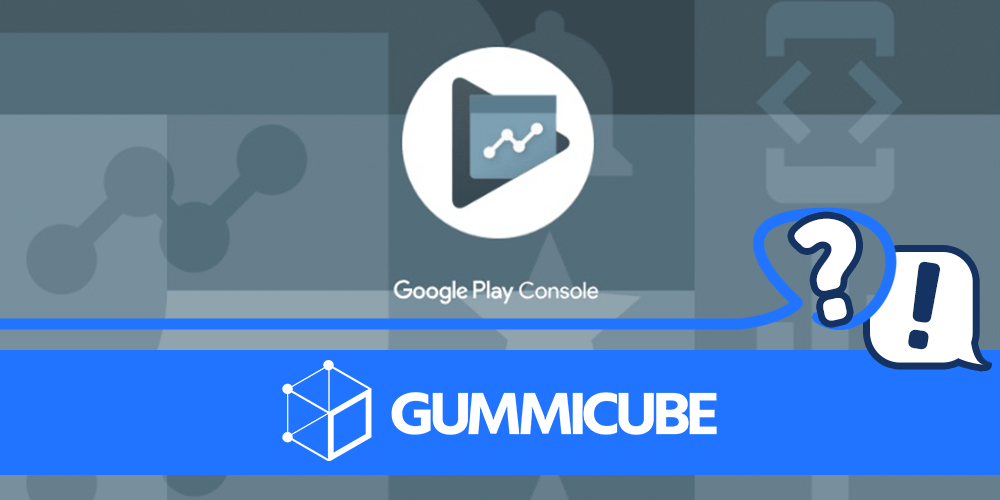
Posted on September 7th, 2018
A recent update to the Google Play Developer Console is providing interesting new information. Acquisition reports now show new insights on how users discover an app on the Play Store through organic acquisitions.

Posted on September 6th, 2018
Ever since Google introduced Playable Ads as a mobile game-focused form of Instant Apps, developers have been trying to find the best ways to make great interactive advertisements for their apps. Playable ads are a great way to demonstrate an app’s capabilities or the gameplay of a mobile game, but as with any marketing strategy, it’s important to follow the best practices to get the optimal results. Here are five of the best practices to consider when designing your playable ad.
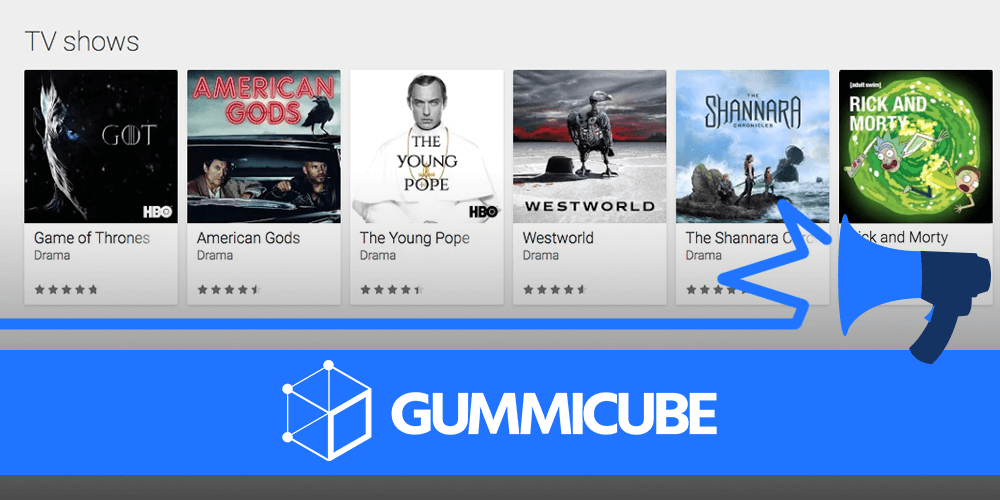
Posted on August 31st, 2018
When users search for a television streaming app, they often search for the specific shows they want to watch. Google Play app developers attempted to take advantage of this by listing their app’s shows in the description, but now Google is giving them a boost by making TV apps show up in searches for the shows they stream. A recent update to the Google Play Store now places TV and streaming apps in searches for the shows they feature. This follows a similar update to Google Play Movies in March, which provided options to watch shows and movies on subscription-based websites such as Hulu or Prime Video from the website’s search. At the time, Google stated that the updates would eventually reach the Play Store, and that time is now. When users search the Play Store for a television show or movie, the first results will be from Google Play Movies (or Books, where relevant), as per usual. Following those, however, is a list of streaming apps that include the show as part of their services, with a line in italics stating that it is available for streaming on the app. While this is great news for users, since it makes it easier to search for a specific show and finding which streaming service has it, it’s great for developers too. From an App Store Optimization perspective, it opens new avenues for streaming apps to organically appear in searches. To target a specific show in Google Play, a developer needs to include that show in its description so Google’s algorithms can index it. For example, an app that includes “The Office” as an available show would want to include lines such as “Watch The Office,” “The Office episodes,” and a bullet list of shows it offers including “•The Office.” Following this update, Google also checks the streaming services to see what shows an app offers, then includes them in the list of apps under searches for that show. With this new update, the inclusion of an italicized line saying “(this show) available to stream” under each app helps users quickly find which apps will let them watch the show, rather than slogging through multiple apps with ringtones, fan quizzes and reaction images from the show. It will help improve traffic for those apps by making them easier to find and clearly relevant and may help increase subscribers by demonstrating what shows an app has available. With all of this in mind, developers should not simply remove listings of the shows their app features from its description. The keywords are still important for ASO and ranking well for highly-searched shows will help the app show up higher in searches for them. This update will enhance an app’s optimization for the shows it streams, but it is not a substitute for proper ASO. Developers of streaming apps will certainly benefit from this update, as it will help direct users to their apps whenever they search for a show. To get the most out of their app store listing, though, developers should still ensure they have a strong App Store Optimization strategy in place that includes the shows people are watching.

Posted on August 30th, 2018
Once a user discovers your app, a new challenge begins: how do you convert them a potential user to an install? Proper App Store Optimization doesn’t just help more users find your app, it helps convert them into loyal customers with several useful app page conversion tactics.
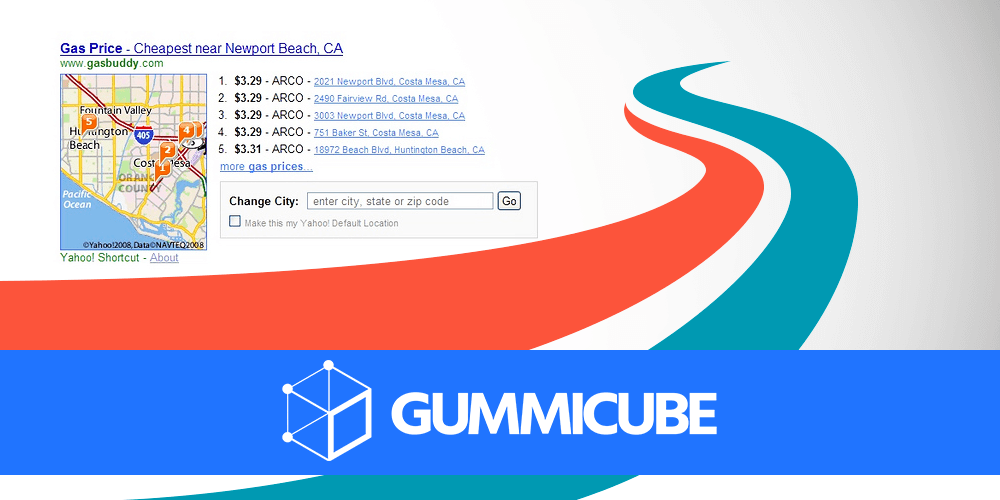
Posted on August 28th, 2018
GasBuddy is an app designed for people trying to find affordable gasoline. It provides searches for gas stations with a wide range of filters and options, making it a popular app for anyone who drives. However, is it optimized for the App Stores it’s available on? iOS GasBuddy is not utilizing the full 30 character iOS Title space to target additional keywords, opting to only use its branded name. The subtitle, “for the perfect pit stop,” could utilize more advantageous keywords as well- while “pit stop” is a high-volume term, most of the top results for the search term are games. On the Apple App Store, GasBuddy’s description starts off strong. The description itself immediately lets users know the value of the app as it tells them that they can save time and money on gas. The introduction is three short lines, and while it could be split into two smaller paragraphs of 1-2 lines, it’s still short enough to be read easily on mobile devices. The description’s features list is succinct and utilizes bullet lists under headers. It calls out the two most appealing benefits – finding gas and saving money – then elaborates on them in the bullets and describes the app’s various features. The third part is just used for “Other Features,” which could stand to utilize more keywords, but maintains proper formatting. While the description does include a good range of keywords, there are sections where it doesn’t seem to include any. Utilizing keywords throughout the description can help build relevance the for the keywords targeted in the Title, Subtitle and Keyword fields, while also helping index the app for impressions on keywords targeted in Apple Search Ads. After the main description, the bottom section includes praise and positive reviews from news outlets, showing users that the app is acclaimed by users and third parties. However, it could still benefit from a call-to-action at the end, encouraging users to download the app once they’re done reading. GasBuddy’s creatives are effective, utilizing screenshots that showcase different features of the app. It shows how users can find and compare gas prices, showcases savings and so on, each accompanied by callout text that describes its benefits. The light colors it uses are easy on the eyes, and the rolling city background at the bottom of each one provides a sense of continuity from screenshot to screenshot. They are also utilizing 8 screenshots, allowing users to see multiple features of the apps and problems it can help users address. That being said, the callout text used on the screenshots could be more concise and keyword-driven to allow users to more immediately connect their search term to the app’s features and functionality. With a few exceptions, GasBuddy’s Apple App Store page is well-optimized. As a result, it ranks as the top search result for valuable keywords like “cheapest gas,” “fuel prices” and “gas finder.” Google Play The Google Play Store page listing for GasBuddy is nearly identical to its Apple App Store page. It uses the same screenshots, just in a slightly different order, although the screenshots themselves are still very effective. Unlike Apple, Google allows developers to upload a video that shows off more than a screen-capture of the app in action- GasBuddy could potentially benefit from including a video showcasing people using the app to find cheap gas, although it would have to test the video to ensure effectiveness; a bad video can be just as detrimental to an app store listing’s effectiveness as a good one can be beneficial. The description is the same on both App Stores, and while the feature list and bullet points works well for both, the description on Google Play needs to be formatted differently than the Apple App Store listing to get the most out organic visibility of its metadata. Since Google’s algorithm crawls the app listing to find relevant keywords near the start of each line, GasBuddy’s Google Play description could rank for irrelevant phrases such as “earn achievements.” It does still rank well for relevant keywords, including “cheapest gas” and “gas money,” but its Google Play rankings drop quickly after those. The remaining keywords it ranks well for are not high-volume or relevant and includes terms like “help find,” “playing for cheaps” and “fundango.” While the description may be formatted well for readability, and the bulleted lists are great for quickly calling out the app’s features and benefits, it needs to be reworded in such a way to make better use of its description for organic indexation potential.

Posted on August 25th, 2018
App developers are always on the prowl for new ways to drive installs and improve their conversion rate. They’ve taken to combining their ASO strategy with paid marketing campaigns such as Facebook Ads to attract and convert the right users. As with any ASO or paid acquisition strategy, the creative presentation and technical guidelines of Facebook Ads campaigns need to be considered. Performance should be also regularly be re-evaluated to make the best results are being achieved. Facebook has a vast userbase that is comprised of a wide range of age, gender, location, and various other demographics that encompass their over 2 billion active users. When creating Facebook Ads, keep the varying interests of their users in mind when determining what images engage best. That means all visuals for Facebook Ads have to optimized to their intended audience as they account for 75-90% of an ad’s performance. It’s crucial that advertisers follow best practices when optimizing their creative assets to ensure that their install and conversion metrics are increasing month-after-month.
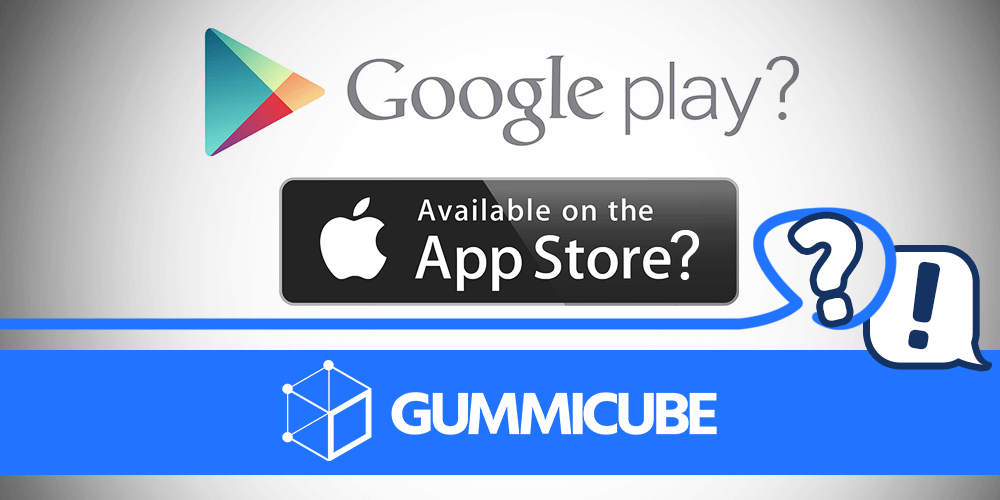
Posted on August 24th, 2018
When you pay for an app on the Apple App Store or Google Play Store, or when you make an in-app purchase, the App Stores take a cut of the purchase. For small micro-transactions, that 30% cut is only a few cents per purchase, but the numbers start rising when you look at highly successful apps. Some of them are tired of seeing Apple and Google take up to a third of their profits, and they’re trying to find a way out. Companies, app developers and video game makers such as Netflix, Valve and Epic Games are seeing billions in profit thanks to in-app purchases alone. However, a good portion of that profit is going to Apple and Google – initially it was 30 percent, although that number can now go as low as 15 percent on regular subscription payments. These apps and games create a large portion of the billion-dollar app economy, but the developers feel that Apple and Google’s cut is more like a tax than anything else.
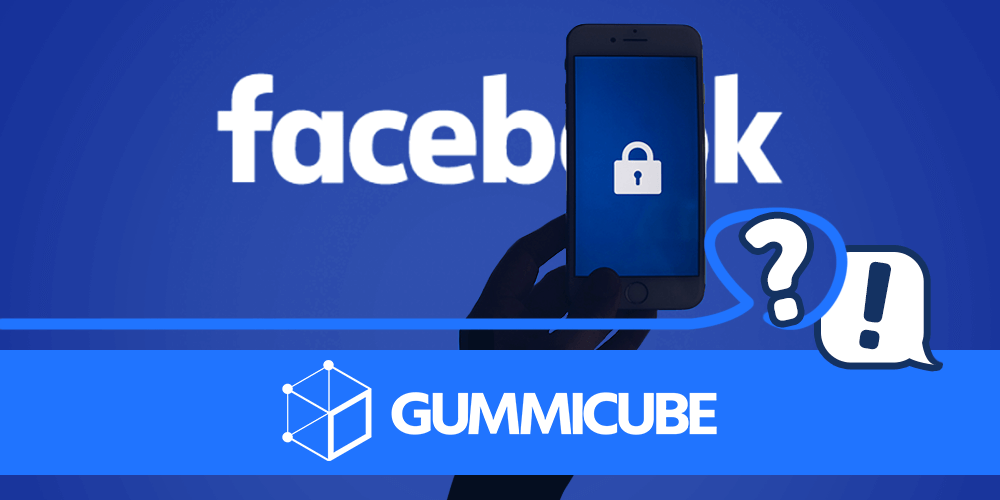
Posted on August 23rd, 2018
Facebook continues to be a platform ripe for marketing. There are many techniques for using Facebook as a marketing platform, including creating Facebook pages and utilizing influencer marketing. Mobile app ads are another key tool for app developers and marketers, but there are some important things to keep in mind while designing a Facebook mobile installs campaign.
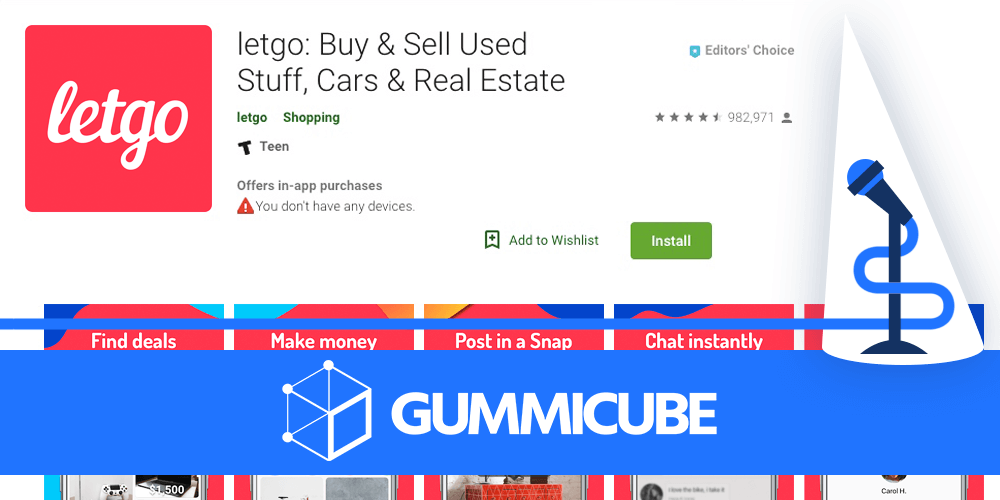
Posted on August 21st, 2018
You might recognize letgo from its commercials, featuring people selling things in the unlikeliest of situations (like skydiving or in the middle of an avalanche). On the app stores, it’s a high-ranking shopping app, with positive reviews on both the Apple App Store and Google Play Store. Is this success due to its commercials alone, or is the app accompanied with good App Store Optimization as well? For this week’s App Store Spotlight, we take a look at letgo and see.













